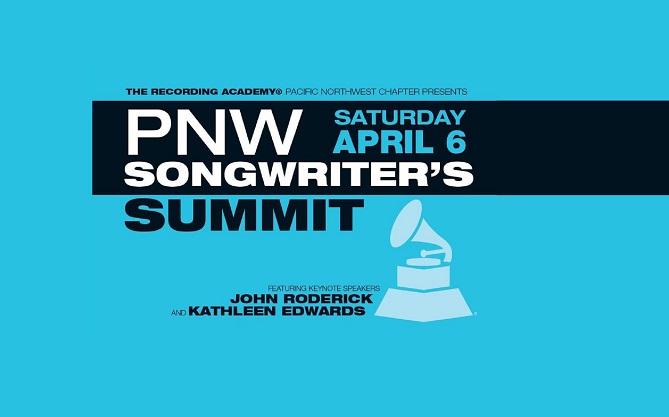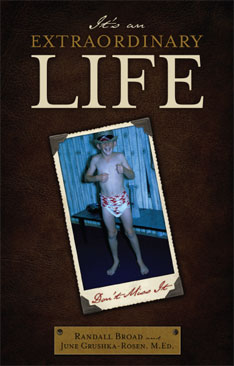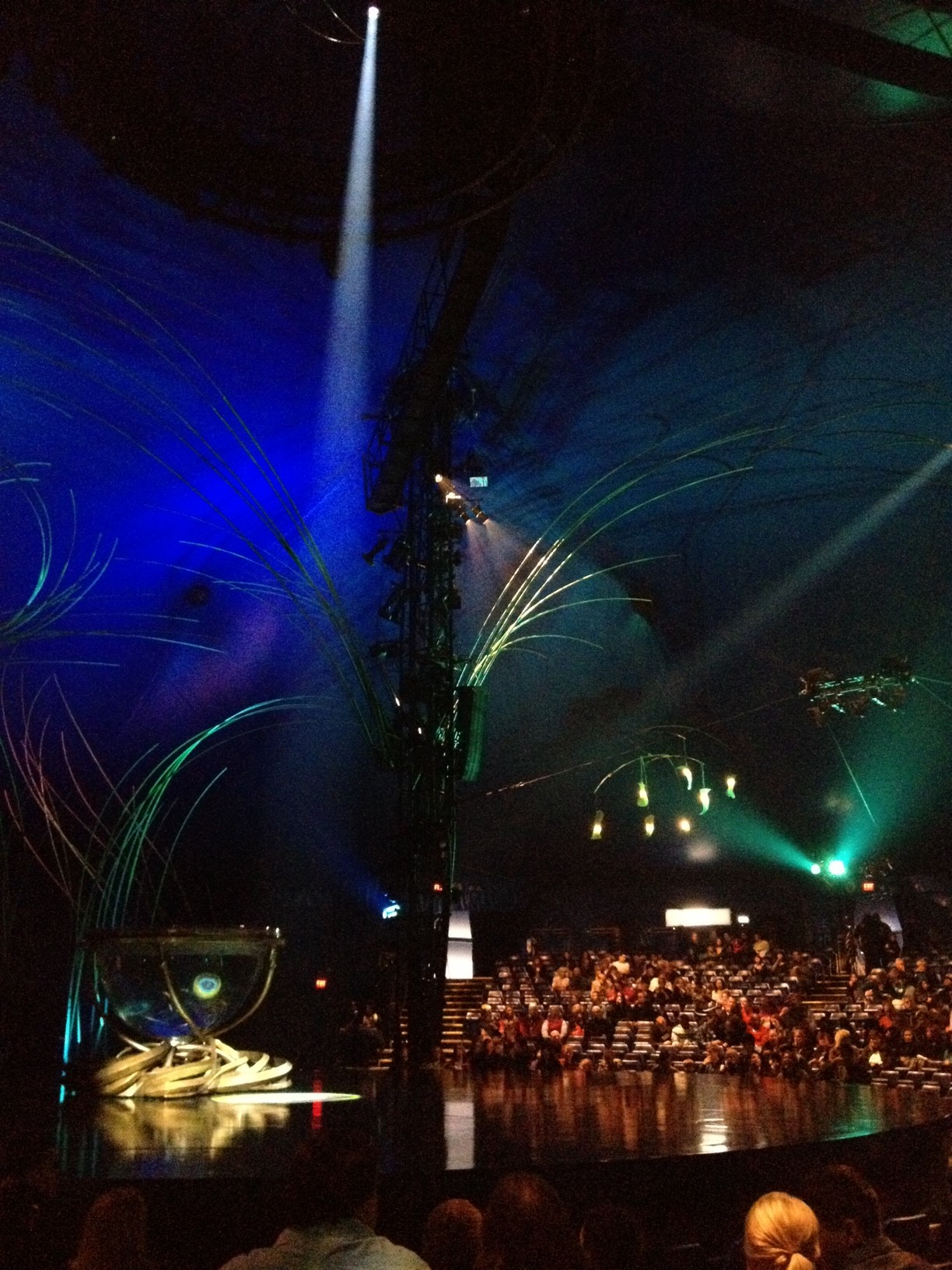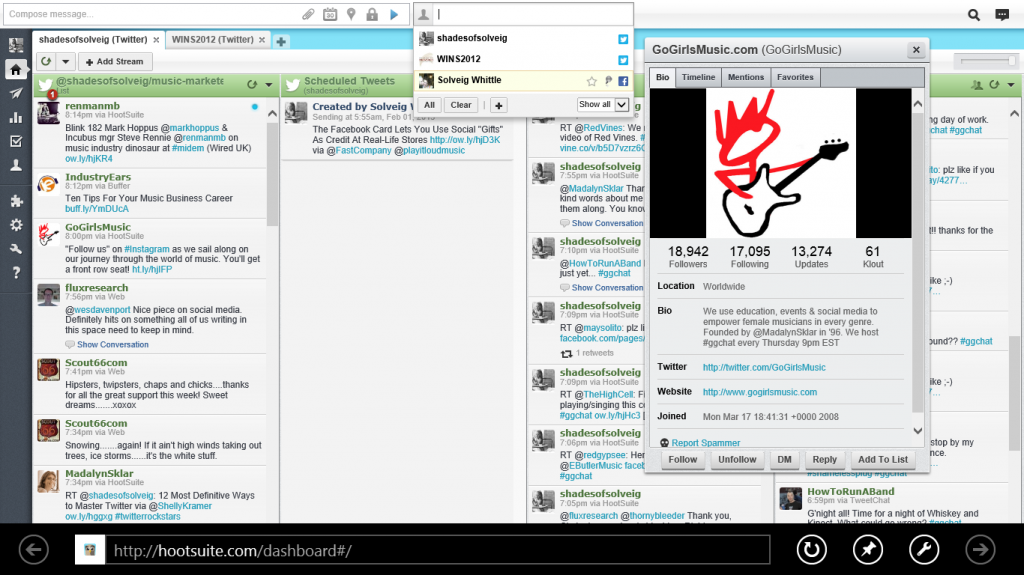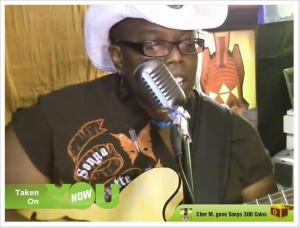Last week week I watched Ann and Nancy Wilson perform an intimate and revealing concert for their hometown fans in Benroya’s S. Mark Taper concert hall, home of the Seattle Symphony. Although the show was booked a year ago for the Live at Benaroya Hall popular music series, it was made much more significant because of this week’s induction of Heart into the 2013 Rock and Roll Hall of Fame on April 18. Ann and Nancy are rock and roll royalty, and this concert proved just how well-deserved their fame is.
It was a sell out crowd, with Microsoft co-founder and guitarist Paul Allen in attendance, Sue Ennis (their longtime co-writer), and many, many others who have followed Heart and the Wilson sisters for decades. Stevie and I sat in the third row orchestra surrounded by adoring (and greying) fans, friends and family. The crowd was very interactive – shouting out comments and requesting songs. The familiarity and love of the audience for the two women was palpable, and they seemed equally relaxed and at home.
Before the backup band came on, Ann and Nancy were interviewed by their biographer, author and journalist Charles R. Cross. His collaborative book on the sisters called Kicking and Dreaming: A Story of Heart, Soul and Rock and Roll was released in the fall of 2012. Although some might have called the interview portion of the concert superfluous (perhaps preferring just a standalone musical performance), I greatly enjoyed this informative window into the personal and musical history of Ann and Nancy Wilson.


